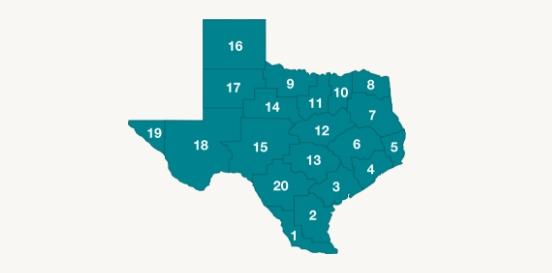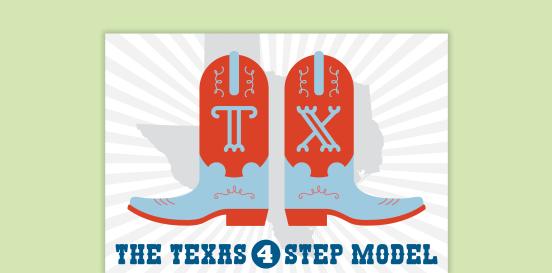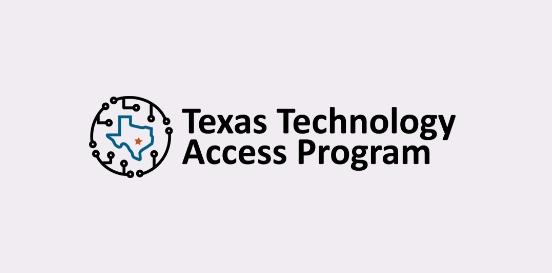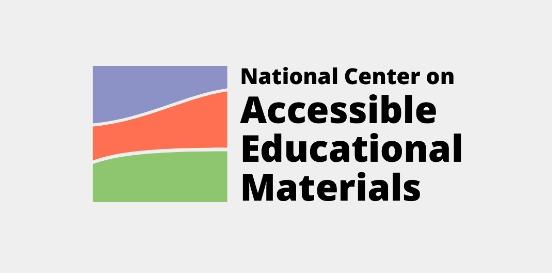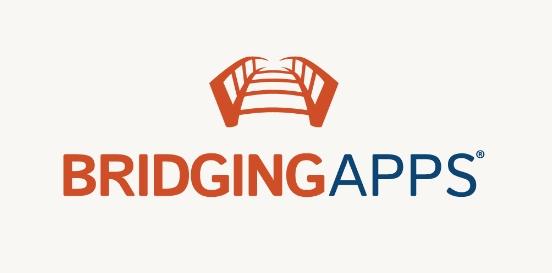Grabbers/Reachers
A lightweight, simple-to-use tool that enables individuals with limited mobility or short-term injuries to reach items that are too high, too low, or too far away.
Considerations
Take the following considerations into account when selecting and implementing AT to ensure that the chosen tools are well-suited to the student’s needs, align with their goals, and seamlessly integrate into their educational journey. By embracing a collaborative approach and considering the specific skills, tasks, and implementation context, educators can provide students with the necessary support to thrive academically and functionally, promoting inclusivity and fostering their overall success.
Skills and Tasks What skills or tasks will the student utilize this tool for? What areas, functional or academic, does this tool support?
Pick up items and/or reach items
Implementation Context In what activities, classes, or environments will the student utilize this tool?
A grabber or reacher can be incredibly helpful for students with mobility or reaching limitations. Here's how it could be used as assistive technology:
- Retrieving items: A student with limited mobility can use the grabber to reach and retrieve items from shelves, cabinets, or the floor without needing to physically move or stretch.
- Accessing learning materials: If classroom materials are stored in high or hard-to-reach places, a grabber allows the student to independently access textbooks, notebooks, or other learning resources.
- Participating in classroom activities: During activities such as science experiments or art projects where reaching or handling materials is necessary, the grabber enables the student to participate fully without relying on constant assistance.
- Assisting with mobility: In instances where a student may have difficulty bending or reaching due to injury or physical disability, a grabber can aid in picking up dropped items or adjusting personal belongings.
- Promoting independence: By providing a means for students to accomplish tasks on their own, a grabber fosters independence and self-reliance, empowering them to navigate their learning environment more autonomously.
- Encouraging inclusion: Having access to assistive technology like a grabber ensures that students with mobility challenges can fully participate in classroom activities alongside their peers, promoting inclusivity and diversity in the learning environment.
